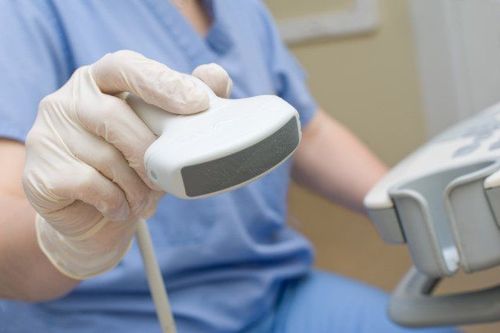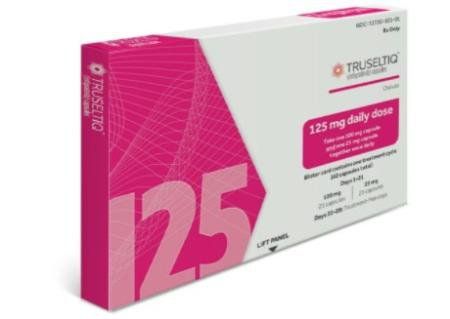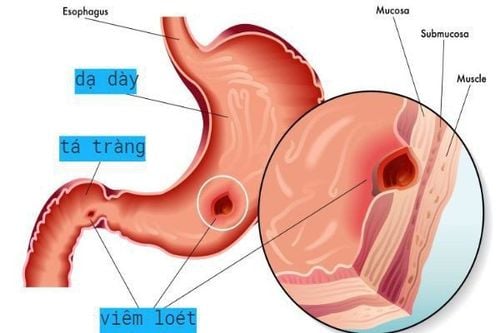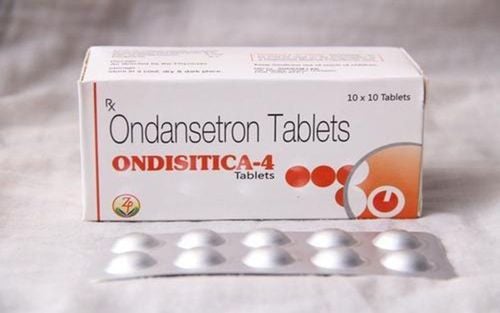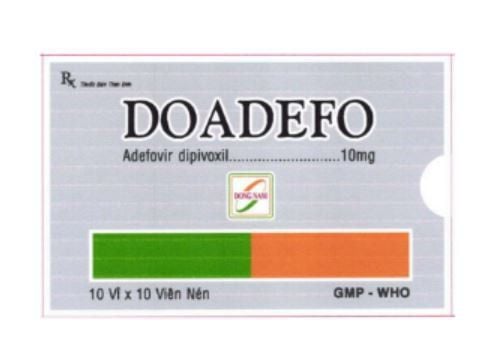This is an automatically translated article.
Bile is a fluid produced by the liver that travels down the duodenum and helps digest fats. Cholangiocarcinoma is the abnormal growth of cells that carry bile from the liver to the duodenum and affects the patient's health and life.1. What is cholangiocarcinoma?
Cholangiocarcinoma is the abnormal and uncontrolled growth of epithelial cells that cover the inner surface of the bile ducts. This malignant growth causes the biliary tract to increase in size, invade surrounding organs, or spread to other parts of the body (metastatic cancer). There are 3 common sites of cholangiocarcinoma:Cholangiocarcinoma is located in the liver. Cholangiocarcinoma is located below the liver, right in the area of the liver hilum. Extrahepatic cholangiocarcinoma, right at the site of the duodenum.
2. Diagnosis of cholangiocarcinoma
History: Chronic cholangitis or liver fluke infection, family history of cholangiocarcinoma or liver cancer, obesity, overweight, and advanced age are risk factors. biliary tract cancer.
Symptoms of cholangiocarcinoma: In the early stages of cholangiocarcinoma, there are often no signs or there are but are not obvious. Signs often appear in the late stages include:
Jaundice syndrome: Jaundice, yellowing of the eye conjunctiva. Cholestasis syndrome: Dark urine like tea, pale stools. Abdominal pain in the right lower quadrant, may radiate to the back. Digestive disorders: Weight loss, poor appetite, nausea or vomiting. Laboratory tests to help diagnose cholangiocarcinoma include: Complete blood count (thrombocytopenia); blood clotting tests disorder; hyperbilirubinemia; diagnostic imaging such as CT scan , MRI , endoscopic retrograde cholangiopancreatography ... detecting cholangiocarcinoma
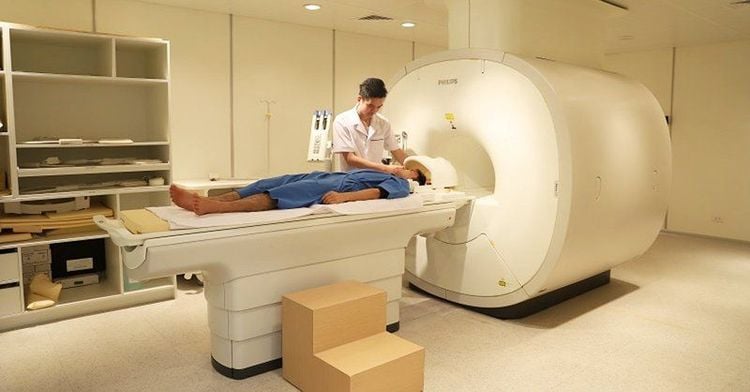
Chụp MRi giúp chẩn đoán ung thư đường mật
3. Treatment of cholangiocarcinoma
The treatment of cholangiocarcinoma should be carefully chosen by the doctor, depending on the following 3 factors:
The type and stage of the cancer. Requirements and health status of the patient. Side effects of treatments.
3.1. Gallbladder cancer surgery
Surgery for cholangiocarcinoma is a method to help remove the tumor and surrounding healthy tissue, if the tumor cannot be removed, surgery can still be performed to reduce symptoms and improve the patient's quality of life. . Surgeons are oncologists with experience in hepatobiliary diseases. Surgery options for cholangiocarcinoma include:
Surgical removal of the biliary tree: This is the most basic option, which removes the entire cholangiocarcinoma if it has not spread outside. In addition, it is necessary to take all nearby lymph nodes and do pathology to assess for lymph node metastasis. Partial hepatectomy: In the case of intrahepatic cholangiocarcinoma, the surgeon will remove part of the patient's liver. This does not affect health because the liver can regenerate itself and liver function is preserved. Whipple surgery: This is a major surgery when the bile duct cancer outside the liver, which empties into the duodenum and near the pancreas, the doctor will remove part or all of the pancreas, the first part of the small intestine (duodenum), part of the small intestine (duodenum), and part of the small intestine. stomach and entire biliary tract. Therefore, complications of this method are many, patients can die due to surgery, severe infection, leakage of bile and pancreatic juice. The choice of surgery for cholangiocarcinoma depends on the location of the cancer:
Intrahepatic cholangiocarcinoma: cholangiectomy and partial hepatectomy. Subhepatic cholangiocarcinoma: removal of the entire biliary tree. Extrahepatic cholangiocarcinoma: Whipple surgery. If the tumor cannot be removed, surgery for cholangiocarcinoma is still performed to reduce symptoms and improve the patient's life. This method is performed by placing a stent (metal) into the bile duct, bypassing the blockage caused by the tumor to allow the bile flow to flow and help delay the symptoms of the disease for a while. .
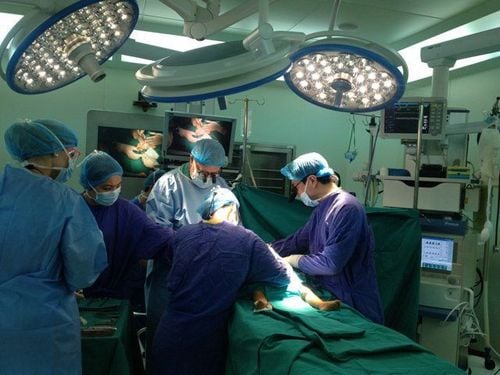
Mổ ung thư đường mật là một trong những phương pháp điều trị bệnh
3.2. Valence
Chemotherapy is a method of using drugs to stop the growth and division of cancer cells, thereby destroying these malignant cells. Treatment of biliary tract cancer with chemotherapy is applied when the patient cannot have surgery or the cancer is in advanced stage, surgery is no longer effective. Drugs used to treat cholangiocarcinoma include: Gemcitabine (Gemzar), Cisplatin (Platinol), Fluorouracil (5-FU, Adrucil), Paclitaxel (Taxol), Capecitabine (Xeloda).Side effects of this method are: Fatigue, secondary infection, nausea and vomiting, hair loss... The unwanted effects depend on each person's location and usually disappear after the end. treatment.

Rụng tóc là một trong những tác dụng phụ của hóa trị
3.3. Radiotherapy
This method uses high-energy X-rays or some other type of rays to hit cancer cells and destroy them. There are 3 types of radiation therapy: external radiation therapy, internal radiation therapy (brachytherapy) and embolism radiotherapy.
For cholangiocarcinoma, external radiation therapy is the mainstay. Radiation therapy for cholangiocarcinoma has two purposes: either to specifically target the tumor or to help relieve the patient's symptoms and pain.
Side effects include fatigue, stomach pain and loss of bowel movements. However, most of these side effects go away quickly after treatment ends.
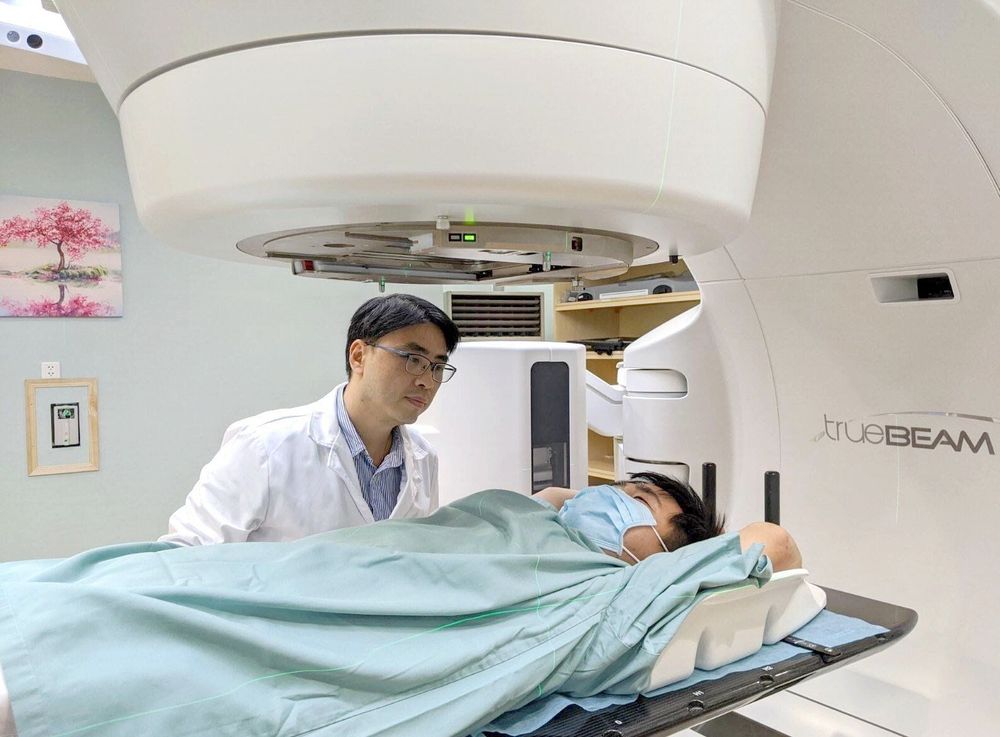
Xạ trị có tác dụng tiêu diệt tế bào ung thư
4. Prognosis of cholangiocarcinoma
The treatment and prognosis of cholangiocarcinoma is highly dependent on early diagnosis. At this time, surgery to remove the tumor combined with chemotherapy and radiation after surgery can help patients have a much better prognosis. If at a late stage, surgery cannot completely remove the tumor, the aim of treatment is to reduce symptoms and improve the patient's quality of life somewhat.
Besides, early screening for cholangiocarcinoma for other family members is also necessary, helping to detect this malignancy early.
Realizing that importance, now Vinmec International General Hospital has been and continues to deploy Hepatobiliary Screening packages, helping to detect hepatobiliary diseases at an early stage even when there is no liver disease. symptom. In addition, the comprehensive hepatobiliary screening package helps customers:
Evaluate the liver's ability to work through liver enzyme tests; Evaluation of bile function; vascular nutrition; Early screening for liver cancer; Perform tests such as Total blood cell analysis, blood clotting ability, screening for hepatitis B, C Assessment of liver and biliary status through ultrasound images and diseases that are at risk of affecting liver disease / liver disease. more severe liver disease In-depth analysis of parameters to evaluate hepatobiliary function through laboratory and subclinical; Risks affecting the liver and early screening for liver cancer Especially, when performing the examination process at Vinmec, customers will be welcomed and used modern facilities and equipment. along with perfect medical services under the guidance and advice of good doctors, well-trained both at home and abroad.
To register for examination and treatment of hepatobiliary diseases at Vinmec International General Hospital, you can contact Vinmec Health System nationwide, or register online HERE.




